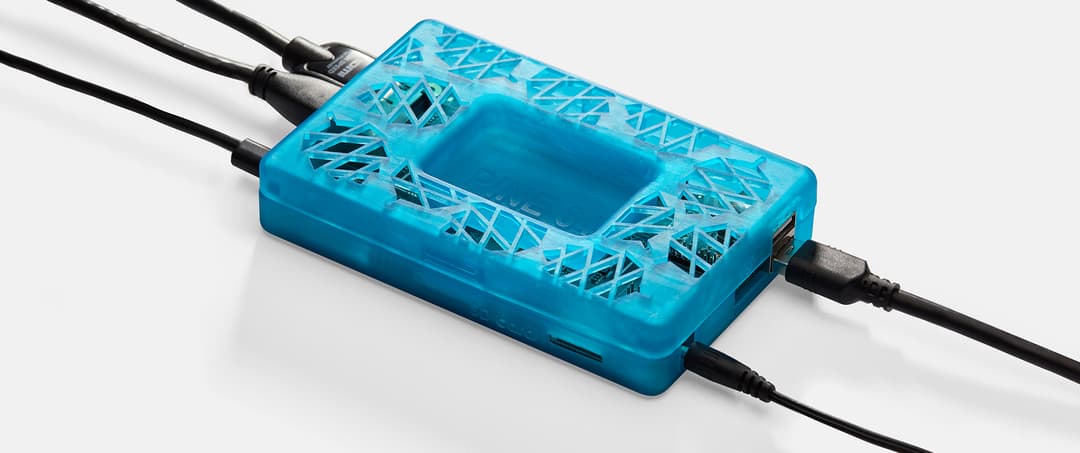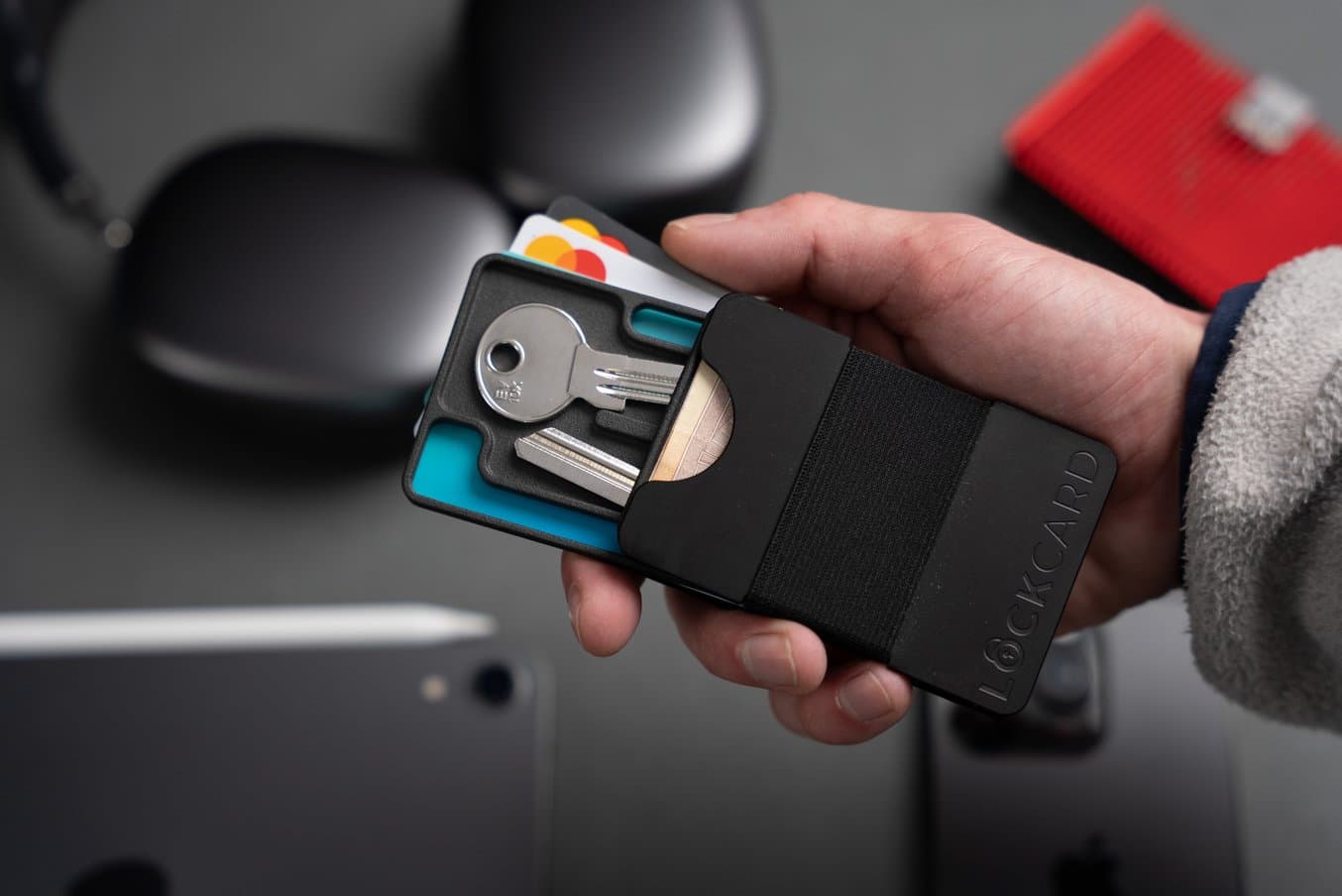
Lockcard is known for creating wallet designs that can fit the maximum amount of items in the minimum amount of space.
Lockcard is a fast-growing startup based in the south of Germany that aims to develop wallets with the smallest possible dimensions. Co-founder Aaron Rau was growing frustrated with the lack of wallet options that were sleekly designed and affordable, yet didn't take up too much space in his pocket. That’s how the Lockcard Wallet was born. Since releasing the keyplate, previously known as the lockcard, in 2020, they have developed a number of other modules, such as cash compartments and AirTag extensions, and have sold over 100,000 products.
Lockcard’s goal is to constantly innovate, so they set a challenge for themselves to bring out a new module every month. To meet the high volume demands of that challenge, they rely on an arsenal of prototyping machines that they’ve expanded over time. Starting in 2020, they grew from one FDM 3D printer to three Fuse Series SLS 3D printers, 16 FDM 3D printers, one Form 3+ SLA 3D printer, and a number of other prototyping machines. These various machines, and more specifically the Fuse printers, have allowed the company to stay flexible and innovative.
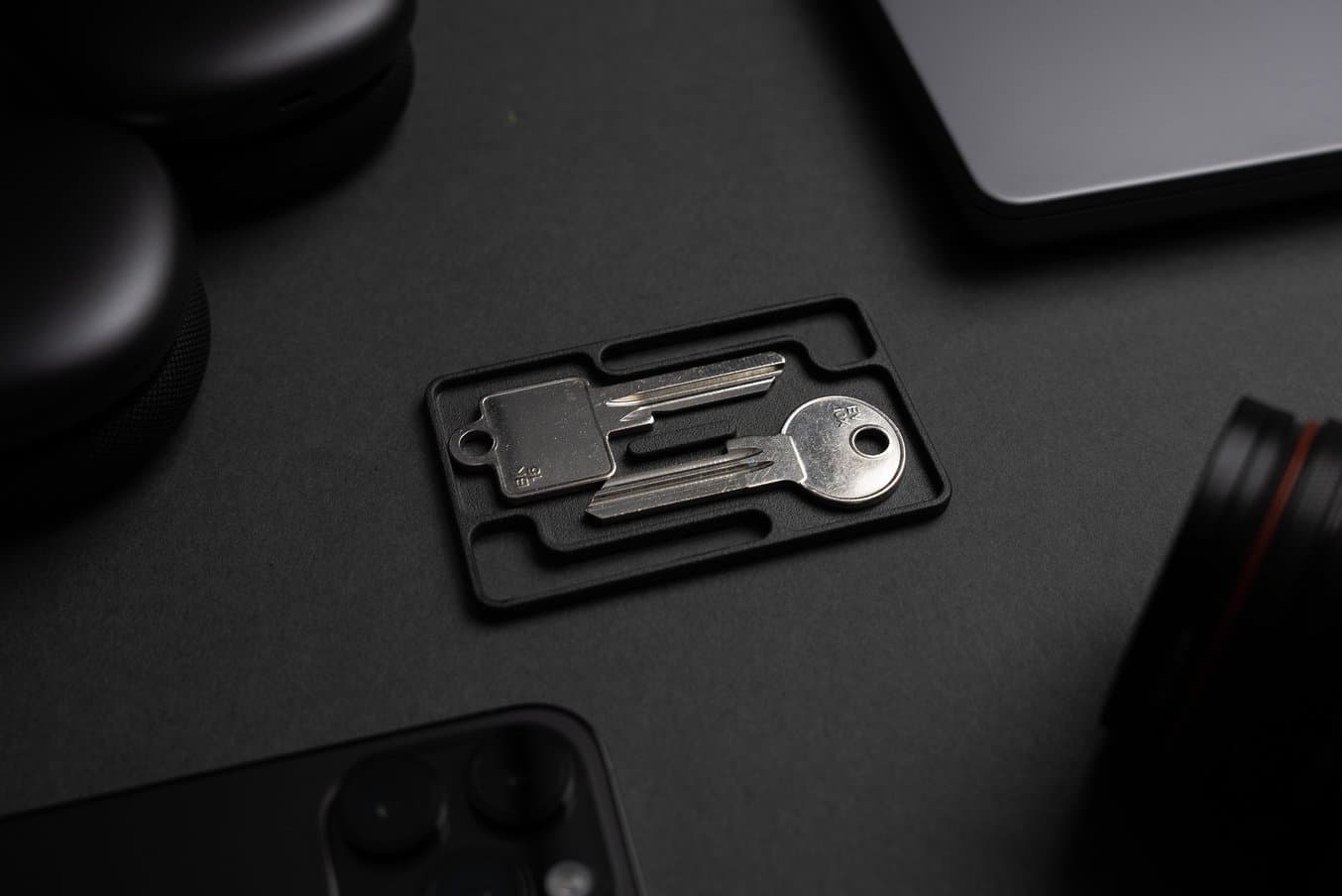
Lockcard’s first product, the keyplate, launched in 2020, and served as the blueprint for their many innovative products to come.
Aaron Rau, co-founder, CEO, and head of the product team at Lockcard, walked us through the production process and how 3D printing enables them to go from prototyping to production in a record time.

SLS for End-Use Production
3D printing for end-use production is not only possible, it's more affordable, agile, and scalable than ever with the Fuse SLS Ecosystem. Visit our SLS for Production page to compare production methods, learn about bulk powder pricing, and see production in action for 15 different manufacturers currently using the Fuse Series.
Fuse Series SLS 3D Printers for Rapid Prototyping and Production
At Lockcard, the Fuse Series SLS 3D printers are an essential part of the business model; they are used as prototyping tools but also to produce end-use parts sold to customers.
The product development process always starts with an idea. However, at Lockcard, the steps that follow this idea are sped up thanks to the Fuse Series printers. Rau says that once they develop the CAD model, the prototyping process is very quick. They can print many iterations of the same project thanks to the large build chamber of the Fuse SLS 3D printer and move on to final production significantly faster than if they used different manufacturing methods for the different production steps.
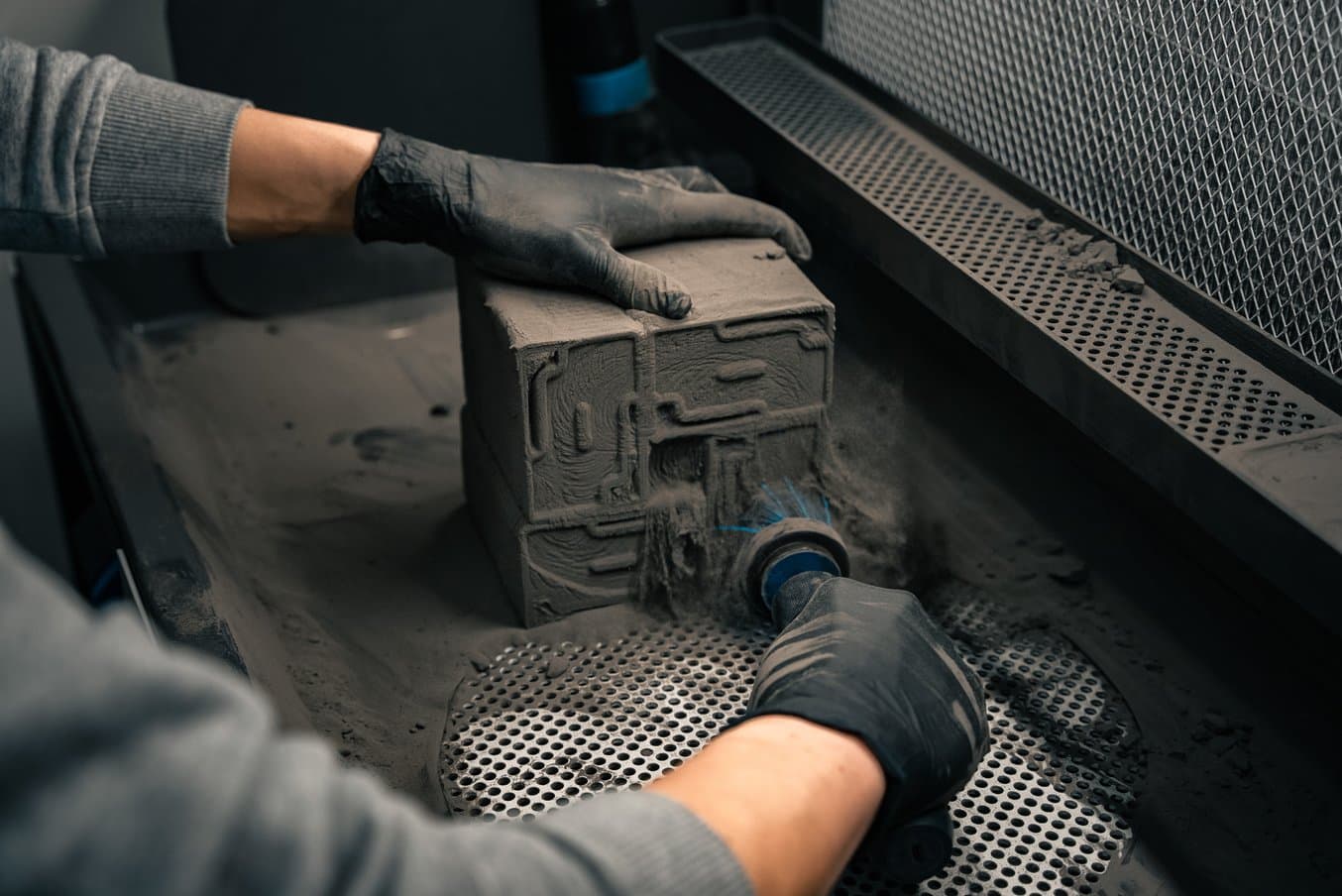
The large build chamber of the Fuse 1+ 30W allows the team to prototype and produce end use parts in large quantities.
“We can model, test it out, and if everything goes well, that’s the end production part.”
Aaron Rau, co-founder, CEO, and head of the product team at Lockcard
The slider modules, developed by Lockcard, are products that are entirely developed on the Fuse Series printers, from prototyping to production. For instance, with their latest product, the SD card slider module, the team tested out multiple mechanisms to release the SD and microSD cards during the prototyping stage. Their in-house SLS printers allowed them to iterate and develop quickly, in fact, Rau says that, “with the Fuse 1+ 30W, the engineer developed and finalized the end product in approximately a week.”
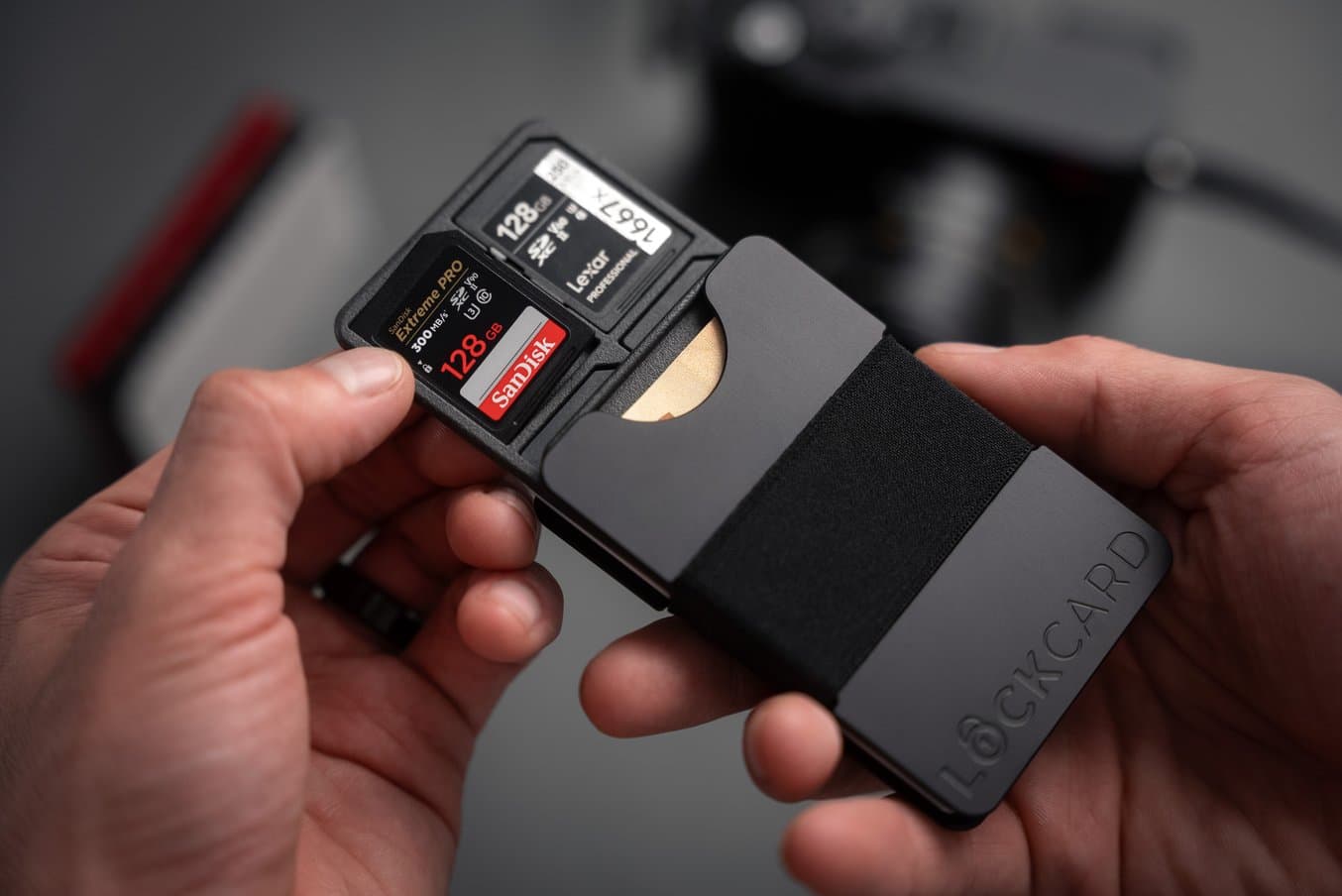
Lockcard’s latest product, the SD slider module, went from prototyping to production in one week.
With a production volume of approximately 5400 cashplate units per month, the expected option would have been to make use of traditional tooling for their production. However, if the team were to prototype and produce the slider modules with traditional tooling, specifically injection molding, two main issues would arise; first, the lead times would be significantly longer, and it would be impossible to go from prototyping to production in less than a month. Rau highlights that it’s about ten times faster to use the Fuse printer instead of any other prototyping alternatives.
Second, the costs would be prohibitively high, with a tooling development cost between 100,000 and 200,000 €. Additionally, Rau says that it would take away from the company’s flexibility, which is an essential requirement for their activities, since they also produce around 500 keyplates, 500 multilock pieces, and 250 SD sliders every month and they can load up the build chamber with approximately 260 pieces per cycle. Therefore, the use of SLS 3D printing allows the team to develop faster and for a much lower price. This also allows them to successfully bring out new products on a monthly basis.
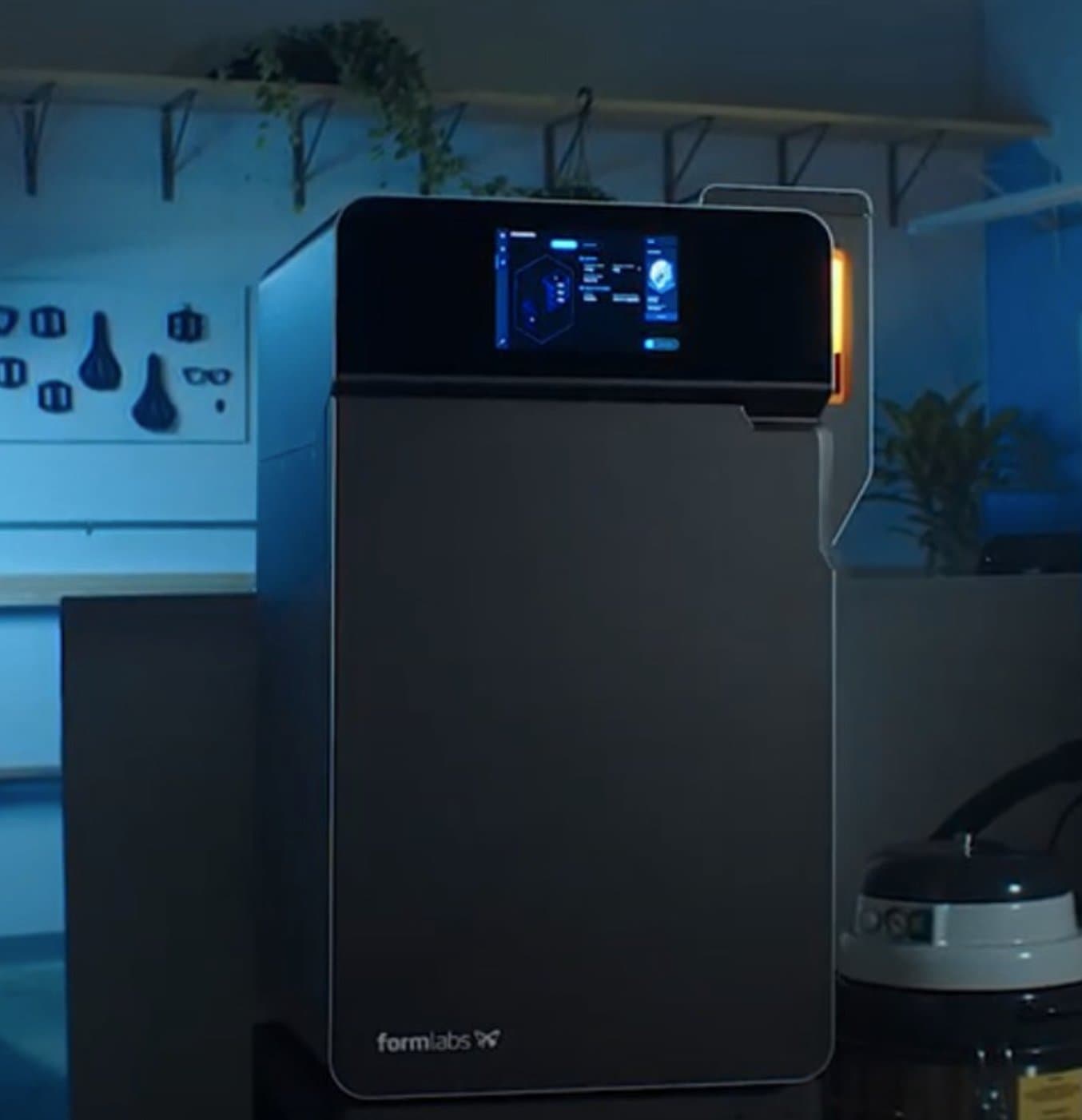
Outsourcing vs. In-House: When Does it Make Sense to Bring SLS 3D Printing In-House?
In this whitepaper, we evaluate the value proposition of bringing SLS 3D printers in-house, in comparison with outsourcing SLS parts from a service bureau.
“The advantage is that we can get creative and produce new things. The Fuse Series printers can produce different parts, not like an injection molding tool with just one mold, just producing this one part.”
Aaron Rau, co-founder, CEO, and head of the product team at Lockcard
The team at Lockcard uses Nylon 12 Powder to develop their products because they appreciate its strength, tight tolerances, and the fast and easy printing process that comes with it. Compared to other materials they’ve used, Nylon 12 Powder fits their needs flawlessly. Rau says that they are very happy with the consistent quality that the Fuse Series SLS printers provide.
“If you print, you just click “send” and the printer will print out your part. But if you’re using CNC milling machines, you have to think about the fixtures to hold it in place and program accordingly.”
Aaron Rau, co-founder, CEO, and head of the product team at Lockcard
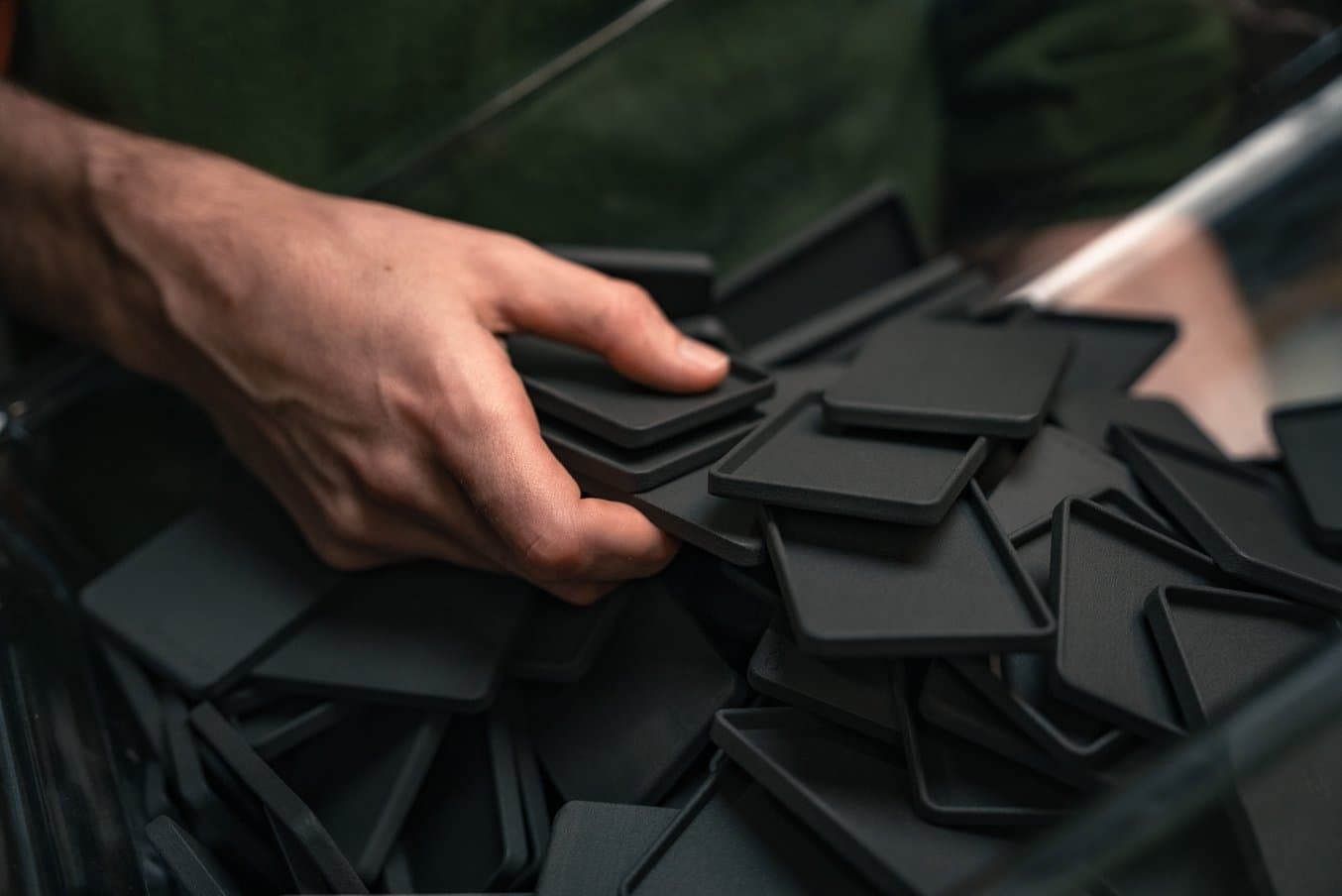
The team at Lockcard appreciates Nylon 12 Powder’s strength and tight tolerances.
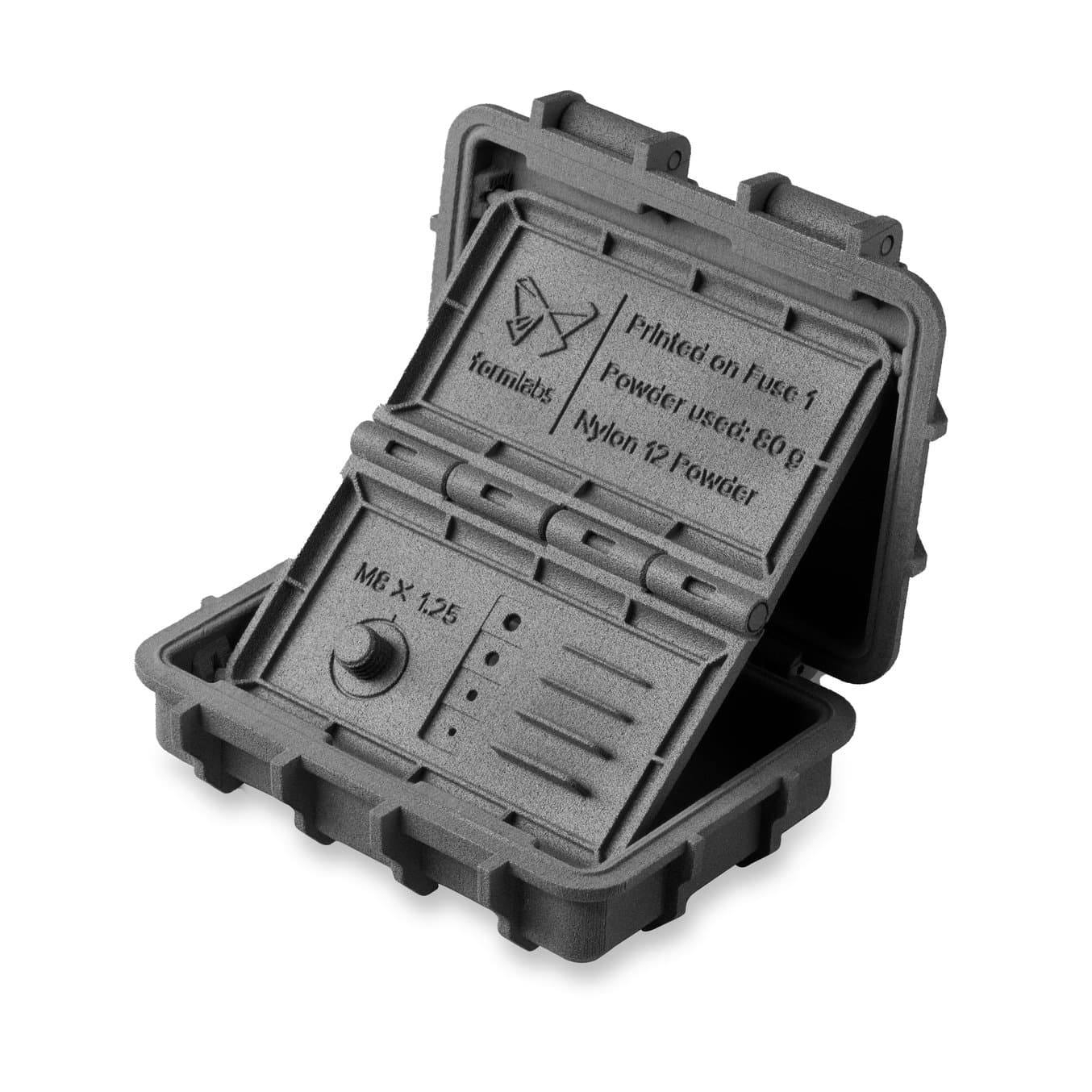
Request a Free Sample Part
See and feel Formlabs quality firsthand. We’ll ship a free Nylon 12 Powder sample part to your office.
Enhancing Workflow Efficiency With the Form 3+
The team at Lockcard is constantly looking to optimize their daily operations, which they share the results of on their numerous social media pages. Many of those optimizations include the use of the Form 3+ SLA 3D printer which they use to produce not only quick prototypes, but also manufacturing aids like fixtures.
With Tough 2000 Resin, which Rau appreciates for its strength, the engineering team can print parts that allow them to build fixtures and assemble their products more efficiently. The resin's excellent deformation resistance makes it ideal for these types of parts that need to remain stiff even under pressure.
“The strength of the Tough 2000 Resin parts is important because the parts we print with it are mostly mechanical parts to build our fixtures.”
Aaron Rau, co-founder, CEO, and head of the product team at Lockcard
The strap that holds the wallet together is a great example of how the Form 3+ helped the team optimize their workflow; since the wallet is secured by an elastic strap that’s welded together manually, it is important to hold the strap in place to avoid any deviation and error. With the Form 3+, the engineering team successfully printed fixtures that fastened the strap and significantly reduced inaccuracies.
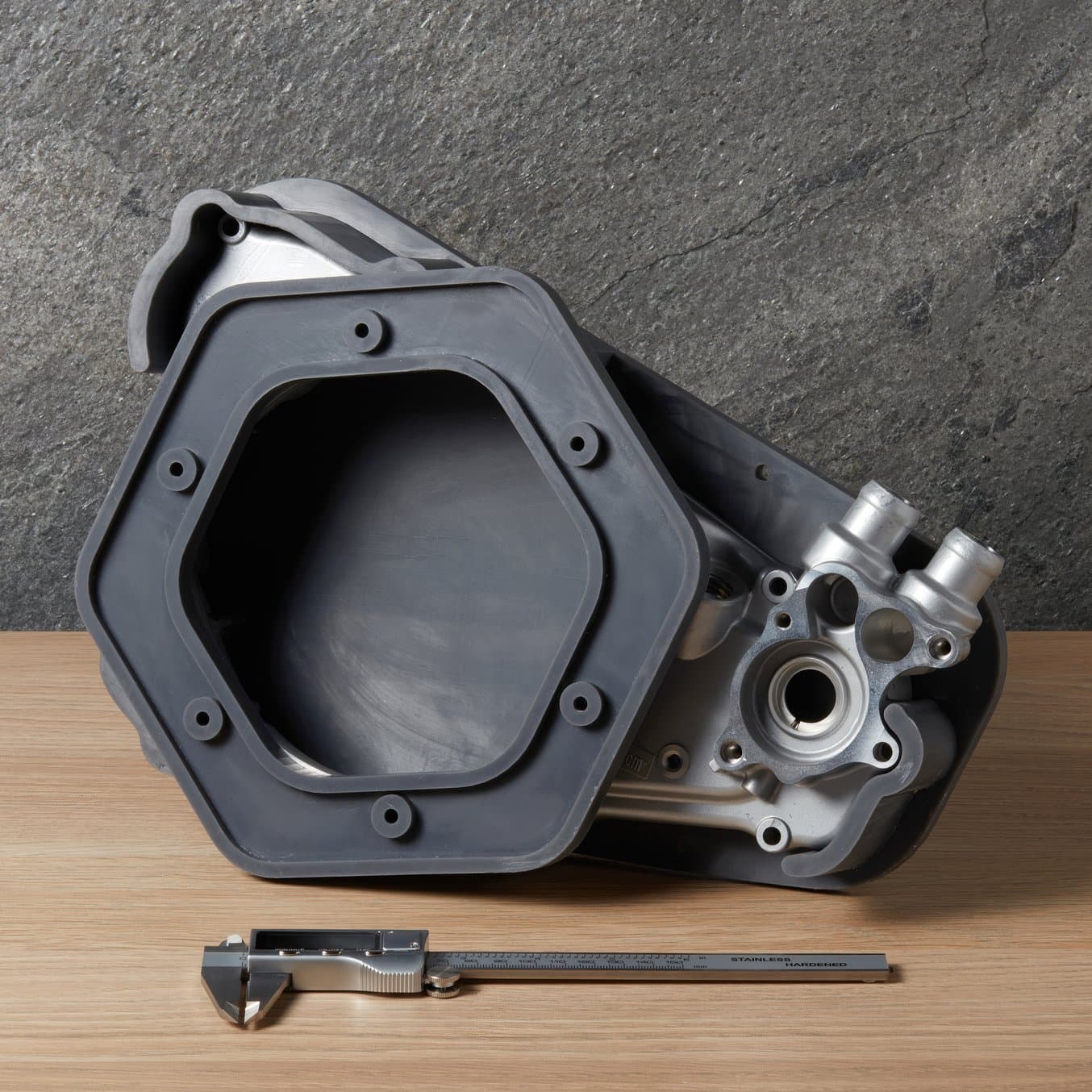
How to 3D Print In-House Jigs, Fixtures, and Other Manufacturing Aids
This white paper outlines the principles behind creating effective jigs, fixtures, and other manufacturing aids in-house.
Exploring New Horizons with 3D Printing at Lockcard
Looking to the future, Rau says “wallets won’t be the last products we will produce.” The Lockcard team looks forward to seeing what else is possible with their 3D printers and their other machines. “We want to be creative and see where the future goes,” he adds.

